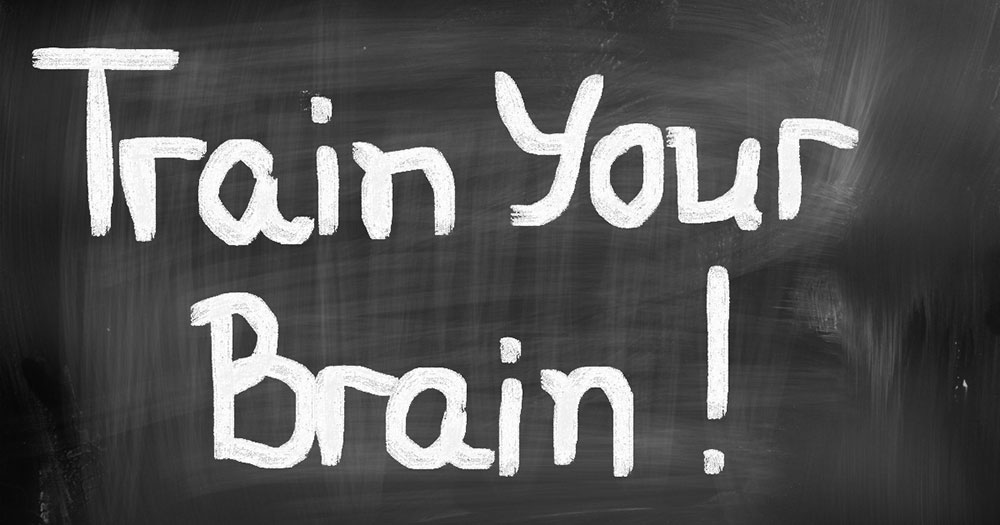COGNITIVE AND MOTOR SKILLS TRAINING FOR CHILDREN
Training works best when it has a broad focus. The body remembers better, when the brain is activated during training. If physical exercises are the sole focus of training, the cognitive aspect is missing and the brain remains passive. For children who must do daily exercises, training can become boring, if the child doesn’t see the purpose of it, and if training is only physical. It is important to remember that there are many benefits of training cognitive skills as well as motor skills.
THE PLASTIC BRAIN
If a brain is injured in a specific area, can the injury be lessened by training other parts of the brain? Jens Bo Nielsen, professor at the Department of Neuroscience and Pharmacology at University of Copenhagen, and author of the book “The Plastic Brain”, believes this to be true.
Jens Bo Nielsen believes that the brain is plastic. By this he means, that the brain can continue developing through life, if we train it.
Cerebral palsy is caused by an injury to the brain, and therefore it is important to focus on activating the brain during training and exercises.
In the book, “The Plastic Brain”, he explains how one hemisphere of the brain can take over in different areas, when the other hemisphere is injured.
When an area of the brain is injured, the sensory motor functions in other areas of the brain take over. In the embryonic stage, a back-up system is developed, so that motor pathways from the healthy areas of the brain can intersect pathways in the injured areas. This means that mirror movements can be seen in persons with cerebral palsy, where movements in one part of the body can be copied in another part of the body. But it can also mean the emergence of new motor areas in the injured part of the brain that are controlled by the healthy part of the brain.
If you train the uninjured parts of the brain, you can improve the injured areas. In other words, you can train other parts of the brain to take over. If the physiotherapist only stretches and bends the child’s muscles and joints, the brain will remain passive, and won’t remember the movements. However, if you combine cognitive and physical exercises, the brain will be activated and will be better at remembering how to do these movements in daily life.
TASKS CREATE PURPOSE
When a child receives a task during training, his/her focus will move away from it being a tedious chore. Instead, he/she will focus on completing the task, and almost forget that he/she is training. It’s important to give the child tasks that can be linked to movements in daily life, so that the child remembers the movements when it is important to. Throw a ball and ask the child to bring it, instead of just asking the child to go back and forth in the room. This will give purpose to the movement.
Tasks can also be a part of a game, as is the case with Happy Rehab. When the child uses Happy Rehab, he/she has to focus on completing tasks on the computer screen by using different joints and muscles in the body. This feels more like playing than training.
When the injured brain is a child’s, it is even more important to activate as many parts of the brain as possible, in order to learn to compensate for the injury.
Cognitive and motor skills training is compatible with welfare technology. Many companies have become aware of the advantages of combining cognitive and motor skills training, and there are many welfare technology products on the market at this time. Happy Rehab is only one of them.
